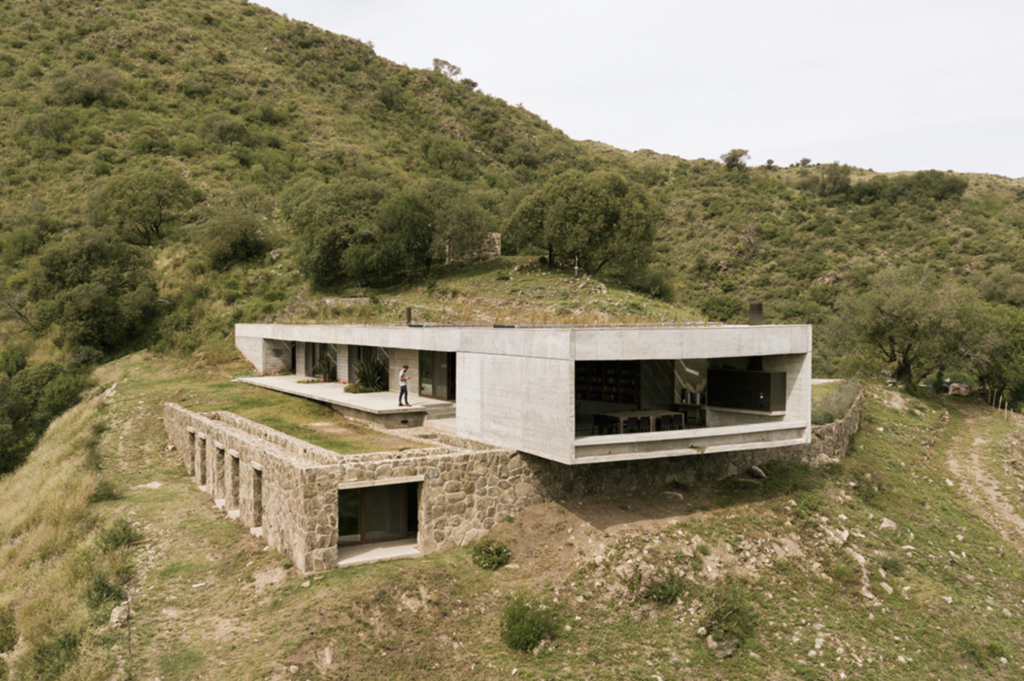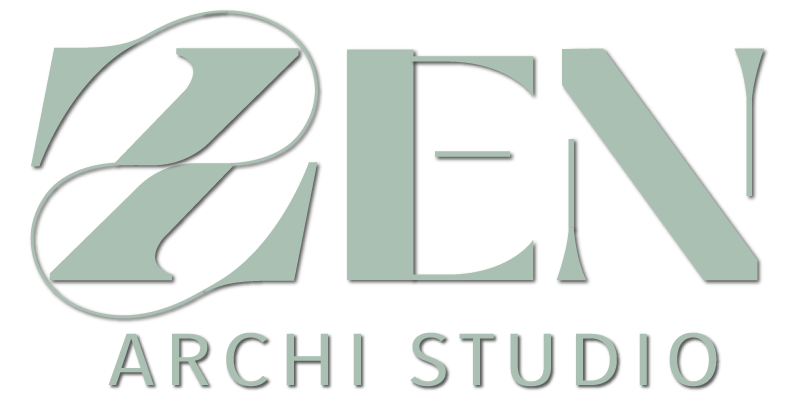Ever since Laugier’s primitive hut, architects have dreamt of architecture made of vegetation. The relationship between vegetation and architecture is something that has always fascinated me.
The benefits that vegetation can bring to buildings are manifold when properly integrated. Vertical gardens on building enclosures or green roofs are a good example.
These systems influence the bioclimatic behaviour of buildings and improve their performance.
Vegetation improves the quality of buildings when it is integrated into both the interior and the building envelope. Improves energy efficiency, among other benefits. In addition, building-integrated vegetation improves the environmental and visual quality of cities by increasing the amount of land allocated to green spaces. So vegetation brings environmental, but also social and economic benefits.
In this article we will look at how vegetation can be integrated into buildings and what benefits it brings:
Vegetation improves the quality of buildings when it is integrated into both the interior and the building envelope. Improves energy efficiency, among other benefits. In addition, building-integrated vegetation improves the environmental and visual quality of cities by increasing the amount of land allocated to green spaces. So vegetation brings environmental, but also social and economic benefits.
In this article we will look at how vegetation can be integrated into buildings and what benefits it brings:
Vegetation improves the quality of buildings when it is integrated into both the interior and the building envelope. Improves energy efficiency, among other benefits. In addition, building-integrated vegetation improves the environmental and visual quality of cities by increasing the amount of land allocated to green spaces.
So vegetation brings environmental, but also social and economic benefits.
In this article we will look at how vegetation can be integrated into buildings and what benefits it brings:
1_IMPROVING THE ENVIRONMENTAL QUALITY OF CITIES
Facades, green roofs or any green space in general, provide a place for leisure and relaxation in cities. They transform urban spaces into outdoor recreational areas. The image below shows how vegetation integrated into the façade of a building brings vibrancy and colour to the public space, increasing the visual quality.

On the other hand, vegetation also improves the quality of the environment in cities because, among other benefits, it mitigates the heat island effect by reducing the temperature in its surroundings. Solar radiation is absorbed by the plants and the substrate and is not stored in the building materials, thus regulating the local climate.
Will forest cities be the sustainable solution to pollution or climate change? Experts and Architects are convinced of this and have demonstrated it in the Forest Cities project, in China, which allows to purify ¿Serán las ciudades forestales la solución sostenible a la contaminación o al cambio climático? Experts and architects are convinced of this and have demonstrated it in the Forest Cities project in China, which purifies the air.

2_IMPROVES INDOOR AND OUTDOOR AIR QUALITY
Vegetation absorbs fine pollutants such as nitrogen oxide, sulphur oxide and particulate matter.

In this way, vegetation supports the air purification process and the creation of healthier environments. For example, 1 m² of green roof retains 130 grams of dust per year, and a 4-storey building with a vegetated façade filters out 40 tonnes of harmful gases per year and captures and treats 15 kg of heavy metals. In addition, the presence of vegetation allows the absorption of CO2 and the generation of oxygen through photosynthesis. One square metre of vegetation generates the oxygen needed for one person per year.
3_PROTECTS THE BUILDING ENVELOPE FROM DETERIORATION AND ADDS VALUE TO THE PROPERTY
Vegetation can protect against atmospheric agents such as ultraviolet rays or air pollution. In this sense, it can increase the durability of the materials of the enclosures in which it is installed. By increasing the durability of materials, maintenance costs can be reduced by ensuring a proper state of repair..
On the other hand, vegetation adds value to the property because, in addition to improving its thermal performance, it gives it a pleasant appearance, improving its visual quality. The purchaser of such buildings appreciates the reduction of the building’s energy consumption and is conscious of environmental protection.

Some considerations for integrating vegetation into buildings
Vegetation on buildings should be integrated appropriately. Improper selection of plant type can cause serious problems. Some of the limitations and possible guidelines for integration are discussed below.
1_WATERING AND MAINTENANCE
Native species adapted to the climate or requiring little or no irrigation are always the best choice. On the other hand, the choice of plants which cause excessive water consumption for irrigation should be excluded.
In addition, the wrong choice of plant type or location according to orientation or climatic conditions can lead to excessive maintenance due to low temperatures or excessive exposure to solar radiation.
2_ORIENTATION AND VEGETATION TYPE
Vegetation blocks the radiation in the glazed holes. In south orientation, the appropriate option is to install vegetation horizontally to block unwanted solar radiation. In east and west orientation it shall be placed vertically.

Vegetation blocks the radiation in the glazed holes. In south orientation, the appropriate option is to install vegetation horizontally to block unwanted solar radiation. In east and west orientation it shall be placed vertically.
When installed in opaque enclosures, vegetation acts in the same way. It blocks radiation in summer and, if it is deciduous, it makes it possible to take advantage of solar gains in winter. But vegetation in cold climates can also provide wind protection by preventing energy loss to the outside of the building. In this case, it is not worthwhile for the vegetation to be deciduous. In dry climates or climates with low relative humidity, a type of plant that favours natural cooling, with leaves and large leaves, is of great interest.
3_GREEN ROOF
The presence of vegetation on roofs adds solar protection, but also additional thermal insulation. The substrate of the green roof already contributes to the energy efficiency of the roof through its thermal properties. f we also evaluate the thermal insulation capacity provided by the vegetation, it will depend on whether it is an extensive or intensive cover.
Another aspect to be assessed is the weight of the vegetation cover. Dans le cas de nouveaux projets de construction cette nAnother aspect to evaluate is the weight of the vegetation cover. In the case of new construction projects this is a consideration, but it is a requirement in the case of retrofitting.
On the other hand, a correct design and execution of the roof waterproofing and rainwater drainage, as well as good maintenance, will be essential to avoid future pathologies related to leaks or the presence of undesirable damp.


